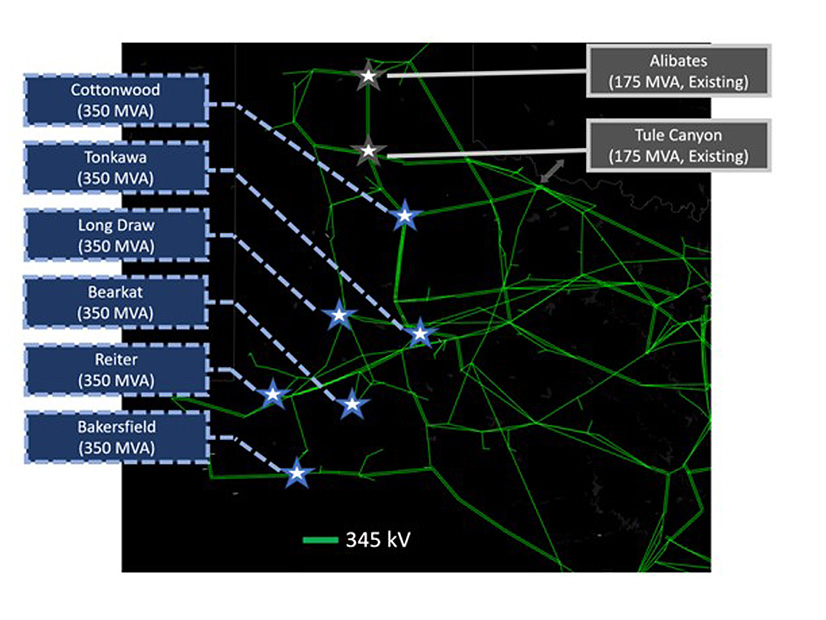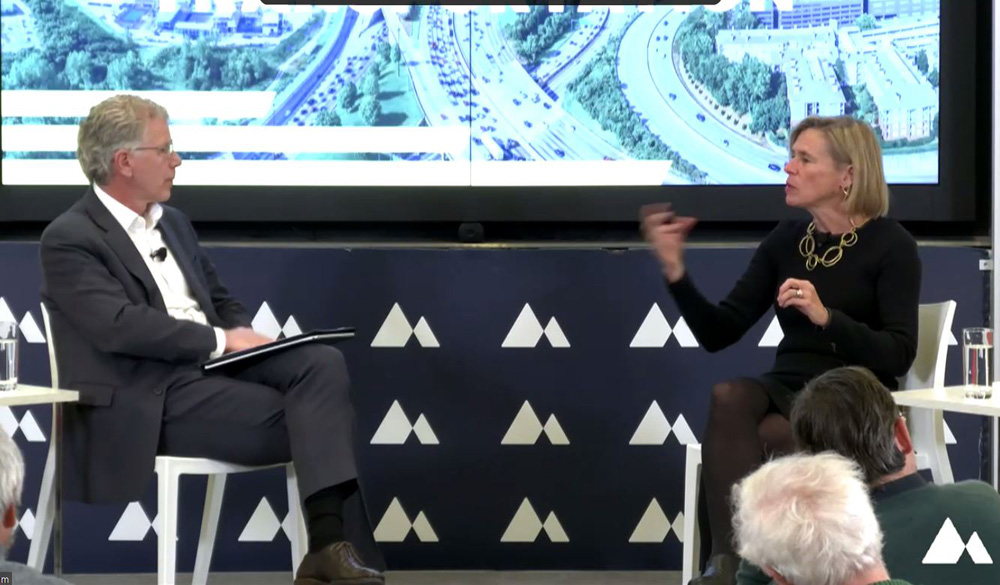ORLANDO, Fla. — An Iowa court has formally struck down the state’s right of first refusal (ROFR) law, deciding the procedure used to pass the bill is unconstitutional.
The decision stands to affect $2.6 billion in projects that are located at least partly in Iowa from MISO’s $10 billion long-range transmission plan (LRTP) portfolio.
The Polk County District Court’s decision Dec. 4 stops any current permitting processes on Iowa’s portion of five of MISO’s LRTP projects where incumbent developers had benefited from the law (CVCV060840). Incumbents ITC Midwest, MidAmerican Energy and Cedar Falls Utilities all exercised their option to build the LRTP projects, shutting out competition from other developers, including LS Power, which instigated the case.
The court said that since the March remand of the ROFR, “no party has presented any additional information that would lead this court to reach a different conclusion than the one reached by the Iowa Supreme Court when it issued the preliminary injunction in this case.”
That means the state Supreme Court’s rationale that the ROFR’s passage ran counter to Iowa’s rule that an act should address just one subject in the title stands unchanged. (See Iowa Regulators Ponder MISO Tx Projects After ROFR Ruling.)
“As the parties concede, this court’s analysis of plaintiffs’ constitutional claims must begin and end with the title and text of H.F. 2642,” the court said, referencing the name of the 2020 appropriations bill that contained the ROFR law.
Through spokesperson Brandon Morris, MISO said it’s reviewing the court’s decision. The grid operator did not elaborate on whether it’s communicating with the incumbent transmission owners or whether it might be preparing to issue requests for proposals on the affected LRTP projects.
“I would love to say I have a firm grasp of the order [already],” Deputy General Counsel Kristina Tridico told MISO members at a Dec. 6 Advisory Committee meeting during the RTO’s quarterly Board Week in Orlando.
Tridico said MISO will “be more responsive” once it pores over the decision and has a clearer idea of the implications. She reminded members MISO is not a party to the proceeding, and it will track closely defendants’ and intervenors’ next steps and how those will impact the timeline of the LRTP projects.
In a joint statement, MidAmerican and ITC Midwest said they’re disappointed with the decision and are discussing their options.
The two said it’s important to remember the district court’s decision is predicated on the ROFR’s inclusion as part of a larger appropriations bill and not on the merits of the ROFR itself. They also said the Iowa legislature for years has rolled laws together using appropriations bills without incident, and the ROFR “is no exception.”
“As public policy, the ROFR protects Iowa landowner interests, meets the needs of energy consumers, and ensures a coordinated approach to planning and safely operating the electric grid to support a growing Iowa economy,” MidAmerican and ITC Midwest said.
The five 345-kV LRTP projects located at least partly in Iowa likely to get a regulatory restart in the Iowa Utilities Board are:
-
- The Webster-Franklin-Marshalltown-Morgan Valley line.
- The Beverly-Sub 92 line.
- The Orient-Denny-Fairport line.
- The Madison-Ottumwa-Skunk River line.
- The Skunk River-Ipava line.
Seemingly before it was aware of the ruling, MISO reported at its Board Week that four of the first cycle of LRTP projects have entered regulatory processes for approval, including the Webster-Franklin-Marshalltown-Morgan Valley line.
At a Dec. 6 System Planning Committee of the MISO Board of Directors, Executive Director of Transmission Planning Laura Rauch said she was excited to begin delivering status updates on LRTP projects as they progress in permitting.
The other three lines that have been introduced to regulators are located in and near Minnesota.
“Kudos to Minnesota,” Rauch said.
Rauch said MISO has seen good outreach and preparation work from all the developers of its LRTP projects. She said MISO has coordinated with developers on how best to manage the outages of existing transmission that must take place during LRTP construction. The lines under the first LRTP portfolio made extensive use of existing rights of way, so outages will be necessary, Rauch said.
“That is a technical challenge that we are stepping forward and engaging on,” she said.
MISO Moving Toward 2nd Portfolio of LRTP Projects
MISO is conducting analyses that will yield a second LRTP portfolio that again will focus on MISO Midwest.
Vice President of System Planning Aubrey Johnson said MISO is striking a balance between devoting due diligence on concerns the Independent Market Monitor has raised and moving forward with badly needed planning. (See IMM Criticizes MISO’s Modeling Software Used for Long-range Tx Planning.)
Johnson said MISO’s initial reliability and economic modeling shows MISO will need more “arteries” on the system to flow power and avoid overloads.
“Our system is like 5 p.m. at the 405, and we’re going to add more cars,” Johnson said, referencing an Amtrak route.
Johnson said if MISO doesn’t incorporate another major transmission buildout, MISO members will have to add significantly more generation than already planned to serve load. The transmission future MISO is using to plan the second LRTP portfolio predicts load will be 125% of current levels by 2042.
Johnson added that MISO will test a “lower bound” of fleet transition on the second LRTP portfolio to make sure the lines demonstrate value under a variety of settings.
With the first stage of analyses out of the way, Johnson said MISO is beginning to feel out what lines it might recommend. (See MISO Says Overloads and Congestion Loom Without 2nd Long-range Tx Portfolio.)
“We’re at the phase where our engineers are at Disneyland, excuse me, SeaWorld. You get the idea, an amusement park,” he joked with a nod to MISO Board Week’s location at the Renaissance Orlando at SeaWorld.
Johnson said he borrows a phrase from a song in the movie “Smokey and the Bandit” to sum up planning in MISO: “We’ve got a long way to go and a short time to get there.”
Yvonne Cappel-Vickery, the clean energy organizer for the Alliance for Affordable Energy, urged MISO to move quickly on planning the second LRTP portfolio,
“Every delay in building this grid costs customers,” she said.
Cappel-Vickery said new, long-range lines will provide benefits to consumers for decades by reducing congestion, avoiding generation outages and allowing access to low-cost renewable energy.

